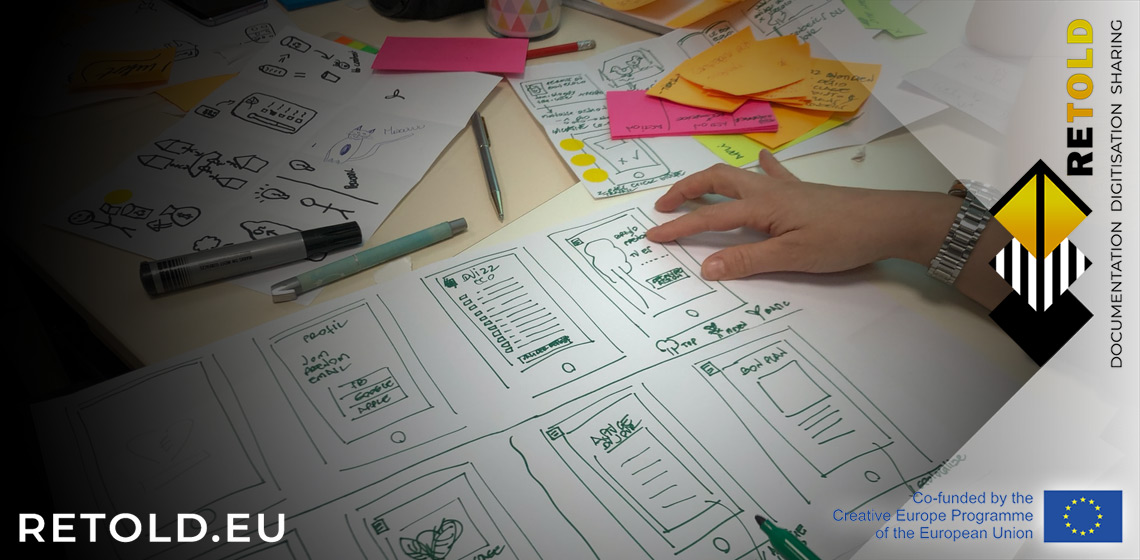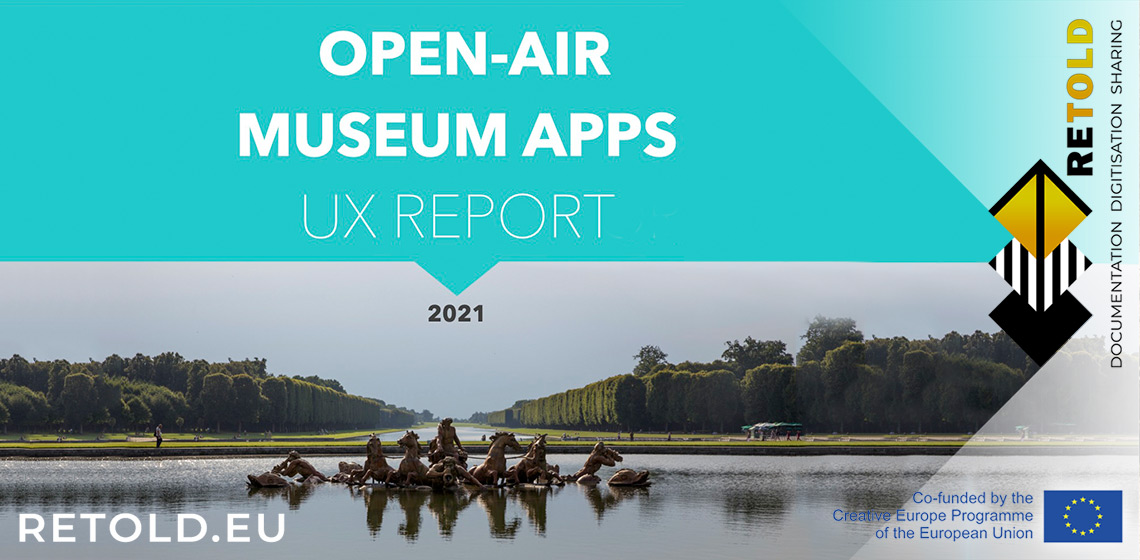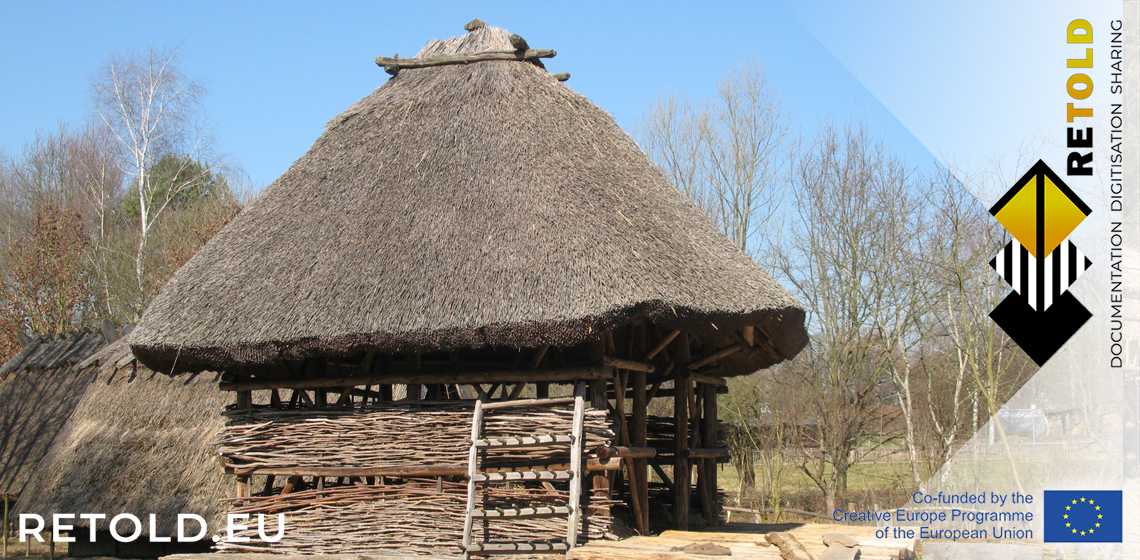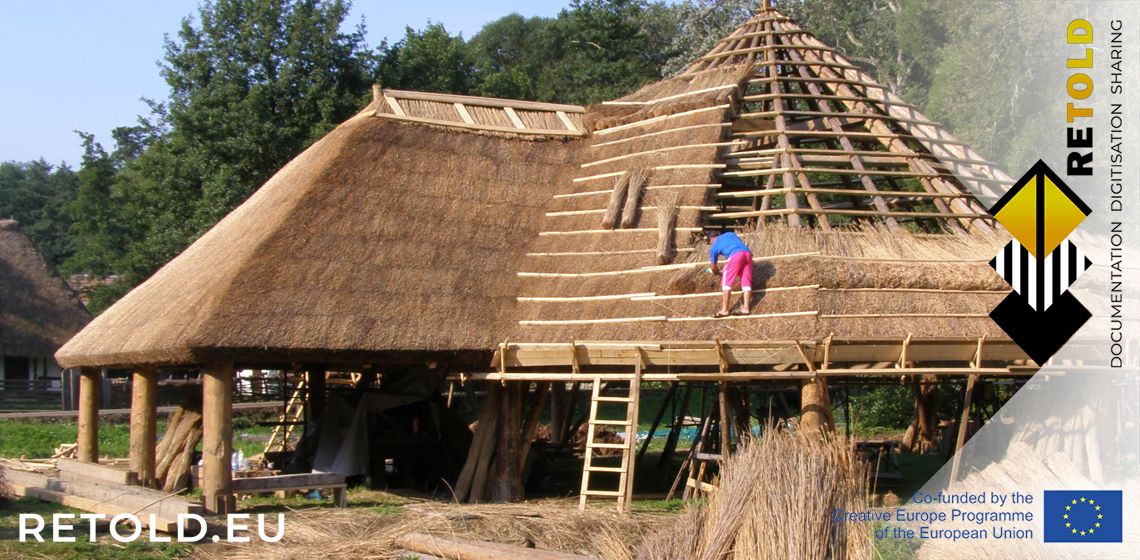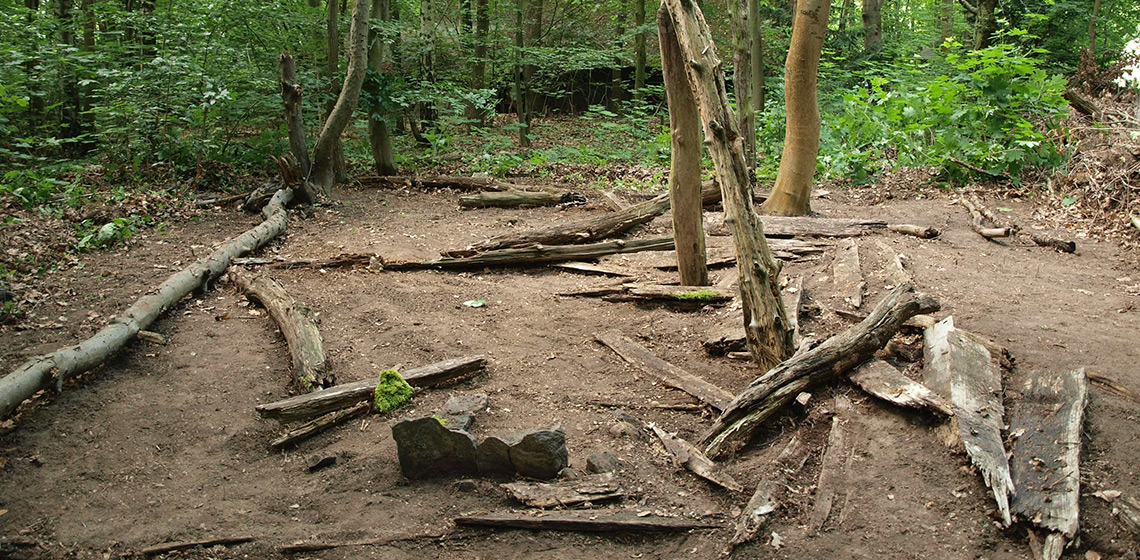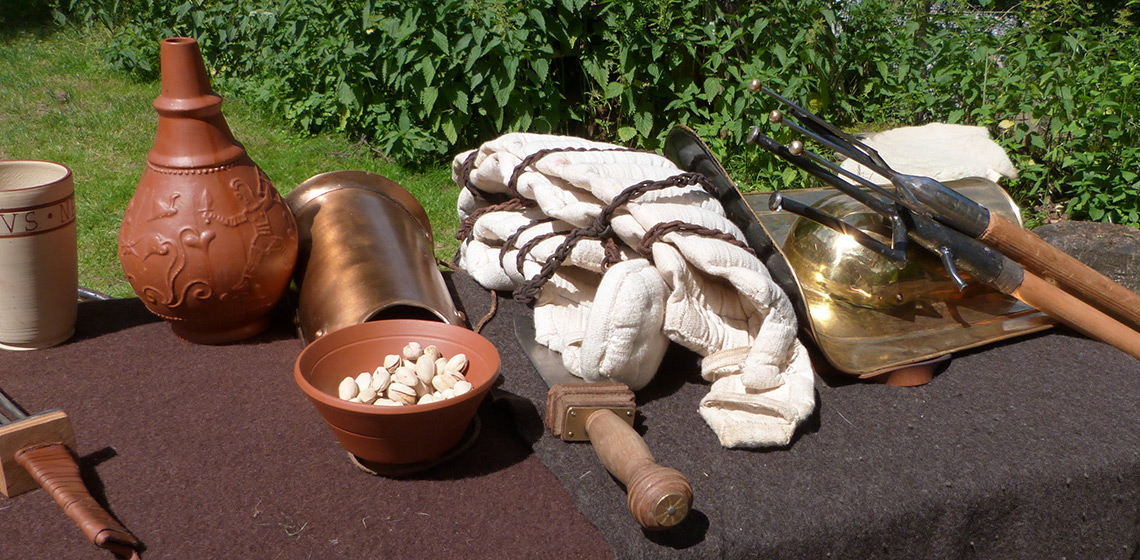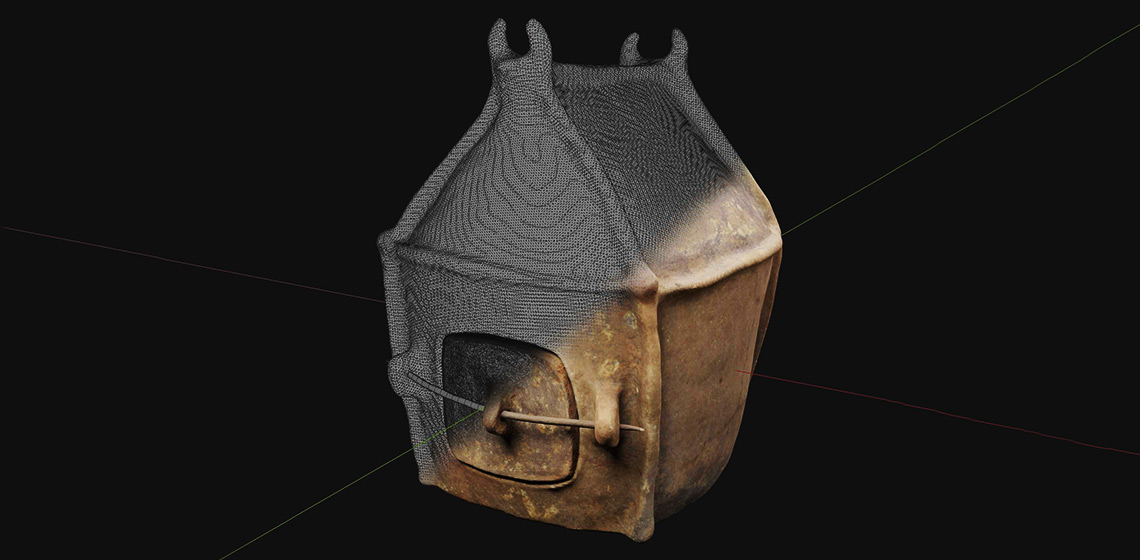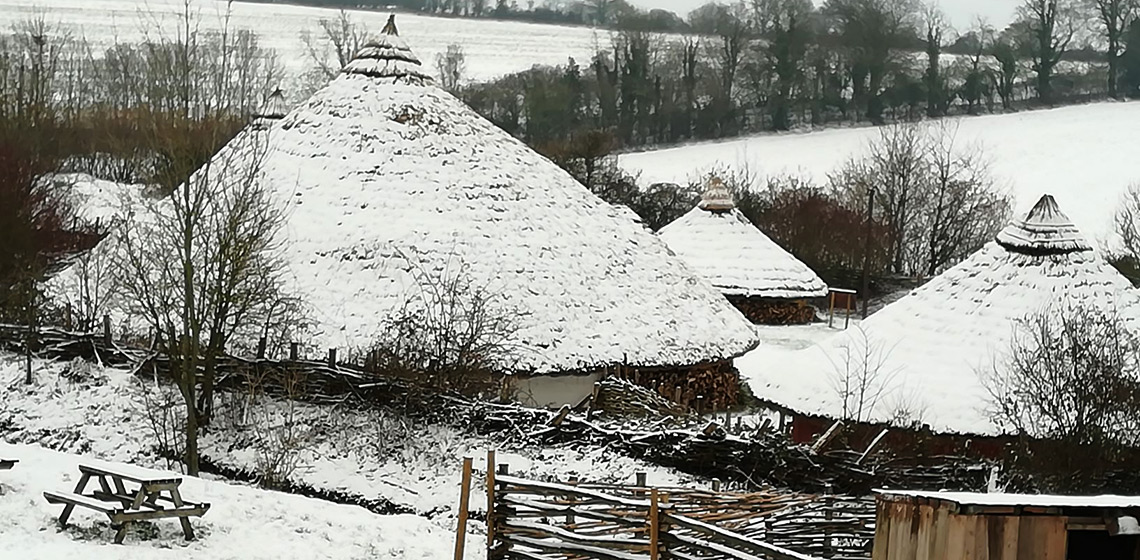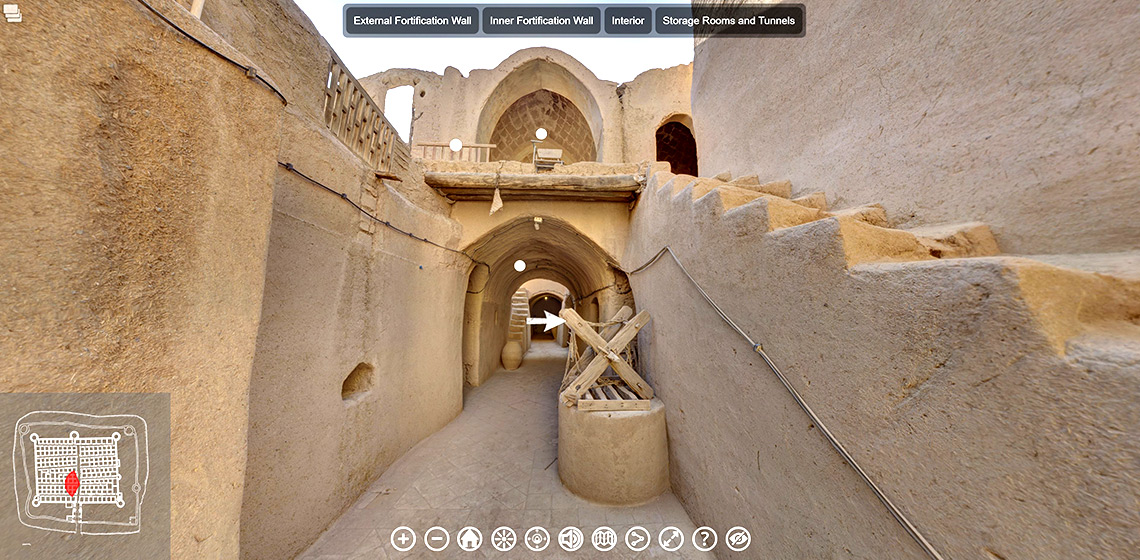documentation
Breathing Life Sustainably - An Abandoned Settlement to an Open-Air Museum Twah Longwar
Publication Date
Twah Longwar is an abandoned settlement located in the State of Meghalaya in North-East India. It is located enroute to one of the world's rainiest places on earth – Mawsynram. Twah Longwar is an abandoned settlement with remnants of over twenty old houses, an ancient market, and a burial site. In a place where rainfall is a concern but also a major tourist attraction, and where lost architectural styles are only...
RETOLD: On the Way for a Digital Future of Documentation in Open-air Museums – User Requirements for Data Entry and a Management Product for the RETOLD-Project
Publication Date
As part of the RETOLD project, which runs from 2020 until 2024 and is funded by the Creative Europe Programme, Nüwa Digital Media Production Studios (Ireland) in collaboration with the Archaeological-Ecological Centre Albersdorf (AÖZA, Germany) have carried out a year-long user research project for a future digital tool, that will enable open-air museums to collect and manage data...
RETOLD: Open-air Museum Mobile Applications UX Report - Looking for Inspiration
Publication Date
This article presents the methodology and results of the report on Open-air Museums Mobile Apps, developed by the RETOLD Project in October 2021. From the analysis of a sample composed by 15 Open-air Museums mobile applications, three models for Open-air museums mobile apps are proposed according to different visit experiences.
RETOLD: Documenting House (Re)constructions – An Excerpt of European Approaches
Publication Date
As part of the EU project RETOLD, the Stadtmuseum Berlin in Germany is responsible for creating standardised documentation strategies for archaeological house models and evaluating them by engaging with the open-air museums of Astra in Romania and the Steinzeitpark Dithmarschen in Germany. In order to start creating these workflows, as a first step, other open-air museum were approached ...
RETOLD: A European Project Digitises Memories of Experimental Archaeology for Their Preservation
Publication Date
The origins of the European RETOLD project, led by the international association EXARC, lie in a concern to preserve the heritage generated by archaeological open-air museums through the creation of a standardised system for collecting, digitising and disseminating knowledge (memories) of the processes of building reconstruction and handcrafted objects. The project has a duration of four years ...
Approaches to the Documentation of Houses in Open-Air Museums
Publication Date
The seminar was divided into two parts. One group professionally documented the long-term experiment “House 1” in the Museums Village Düppel for the first time. The house was built in the 1970s and left to decay in 1990. The area was freed from vegetation and photographed at regular intervals. The second group reflected on the continuous documentation of reconstructed houses in archaeological...
Discussion: The Concept of Authenticity in Collections of Open-Air Museums
Publication Date
How is it possible that if you go into an arts museum, the ceramics you see may be made yesterday and may be a valued and legitimate part of the museum collection, while in open-air museums, a similar object ...
Blending the Material and the Digital: A Project at the Intersection of Museum Interpretation, Academic Research, and Experimental Archaeology
Publication Date
The power of digital technologies to communicate archaeological information in a museum context has recently been critically evaluated (Paardekooper, 2019). A recent collaboration between members of the Tracing the Potter’s Wheel project, the 4D Research Lab, and the Allard Pierson Museum and Knowledge Institute illustrates the way that such...
Documentation Strategies at Butser Ancient Farm
Publication Date
Butser Ancient Farm has been at the forefront of experimental archaeology in Britain1. for more than 45 years. The pioneering work of its first director Dr Peter Reynolds in the evaluation of Iron Age structures and agriculture demonstrated beyond doubt the importance of experiment in archaeology in the UK and international experimental archaeology work...
Digital Saryazd: Increasing Tourist Engagement Using Digital Documentation
Publication Date
Saryazd Castle is located in Yazd Province, Iran. The castle dates to the Samani era, with later expansion during the Safavid era. Constructed entirely of mud-brick, Saryazd was continuously used until the mid-20th century as a vault, protecting both people and their property. Earthenware structures require continual renewal in order to maintain the integrity of the structure. Today, visitors can...


